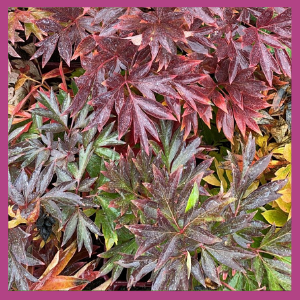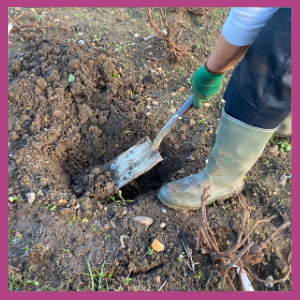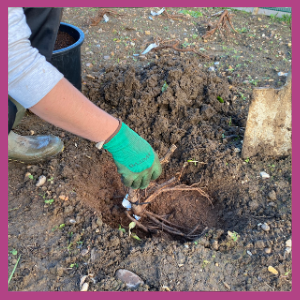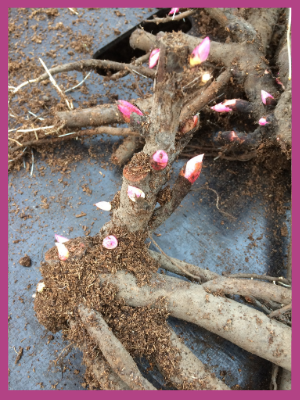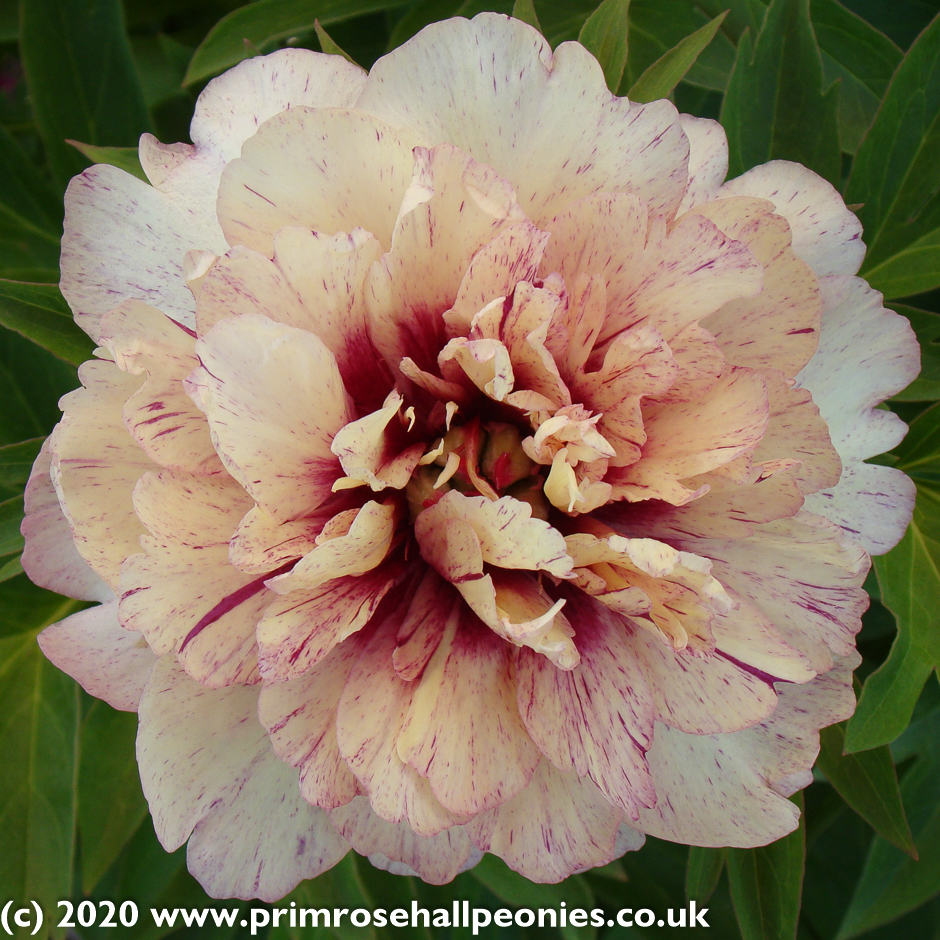Autumn. What does it conjure up in your mind?
I’m thinking snuggling with the dog by the fire with a good book and hot choccie.
Wrapping up warmly for brisk walks in the crisp morning air.
Guilt-free lie-ins on weekends.
For some of us it’s not so rosy. When the cold starts setting in we may feel like death warmed up and struggle to extract ourselves from the comforting warmth of our bed.
So we may be inclined to think that our peonies also don’t like the cold weather. We may even think they're dead!
Never fear although winter is near. As mentioned last week, autumn is actually a good time for peonies. They quite enjoy the cold and the opportunity to hibernate. They need these conditions to work on making a fresh batch of buds for you to enjoy in the spring.
So how do we treat our slumbering plant babies?
- Allow foliage to remain until touched by frost. If you remove it sooner it will affect the plants ability to make and store food reserves needed for growth and flowering in spring.
- Cut herbaceous foliage back to an inch or 2 above the surface and Itoh to about 4 inches, being careful not to damage the buds at ground level
- Dispose of the foliage carefully, even burning it, to prevent peony wilt in the spring
- Make sure your soil is well drained. This is very important no matter what type of soil you have, especially in winter.
Although peonies are happy in any good quality soil, at this time of year you might want to use a well-balanced fertiliser such as bone meal or our own Summer Rejuvenator
Some have come to believe that it isn’t a good idea to move peonies. On the contrary! Peonies are only too happy to have a change of scenery. And now is the perfect time to divide and move them!
Here's what to do:
- Remove foliage (as mentioned above) and lift clump out keeping as many roots in tact as possible
- Gently wash soil off the roots and growth buds
- Remove sections of the crown (from which the buds grow) each with at least 3 dormant growth buds and some roots attached
- Replant with buds no more than an inch below the soil
- Water
If you are just starting out on your peony journey now is the time to purchase your potted or bare-root peonies online and do as follows:
- If unable to plant bare roots straight away, you can keep them in their shipping box in a cool, dry location for a few days if necessary
- For potted peonies it is best to remove from all packaging and plant as soon as possible.
- Pick a sunny, well-drained spot that has at least a square metre away from other plants otherwise they will be competing for moisture and nutrients
- Dig hole the same depth as the root ball and twice as wide
- Pat soil down gently when covering your peony, making sure the red buds are no more than 1 inch below the soil to encourage flowering
- Water after planting to settle the soil and in dry spells. Drip irrigation is preferred to reduce the chance of fungal diseases
There is much more to say on this subject, which we will share in future posts but this should get you off to a good start.
In the meantime, please feel free to ask us anything. We love hearing from you!
